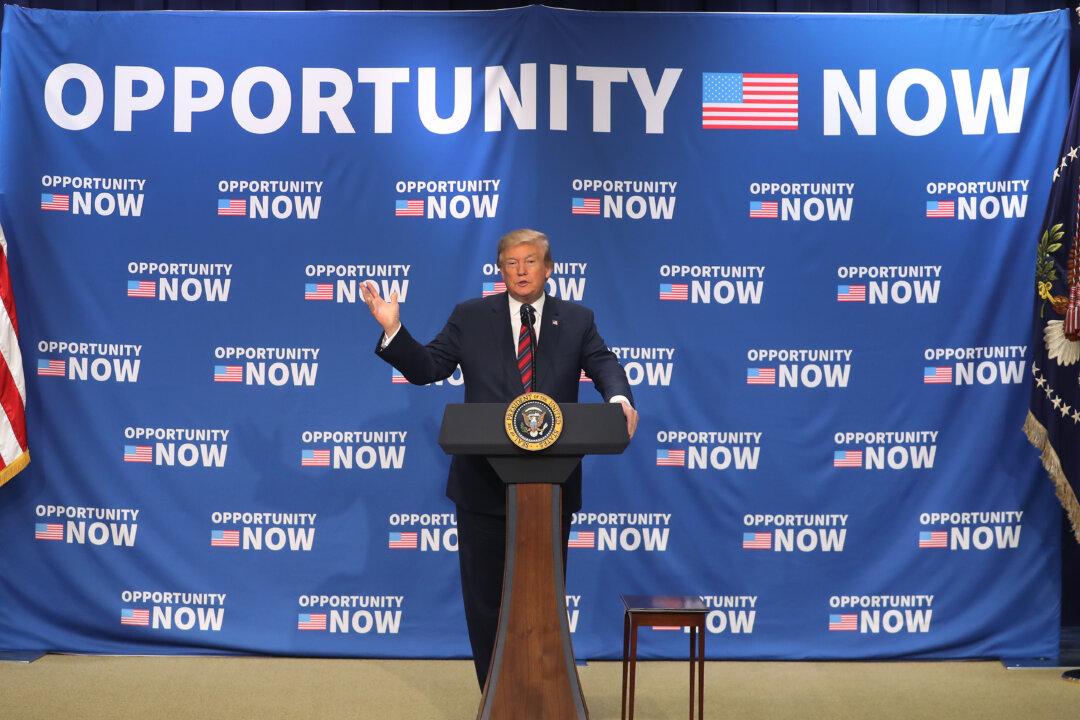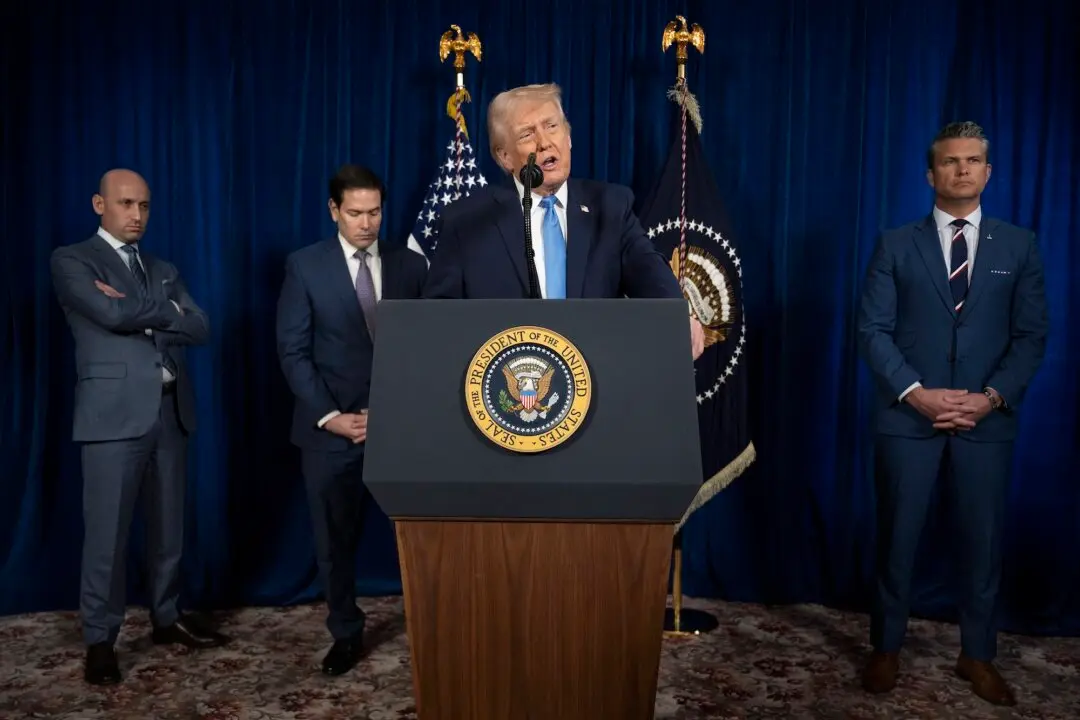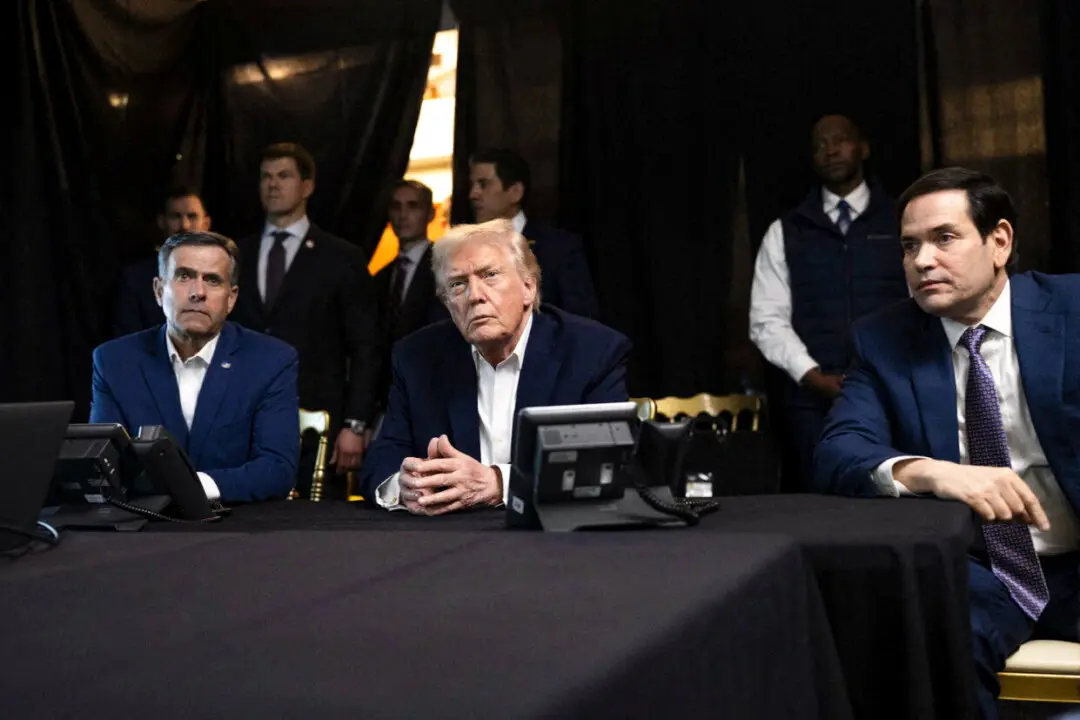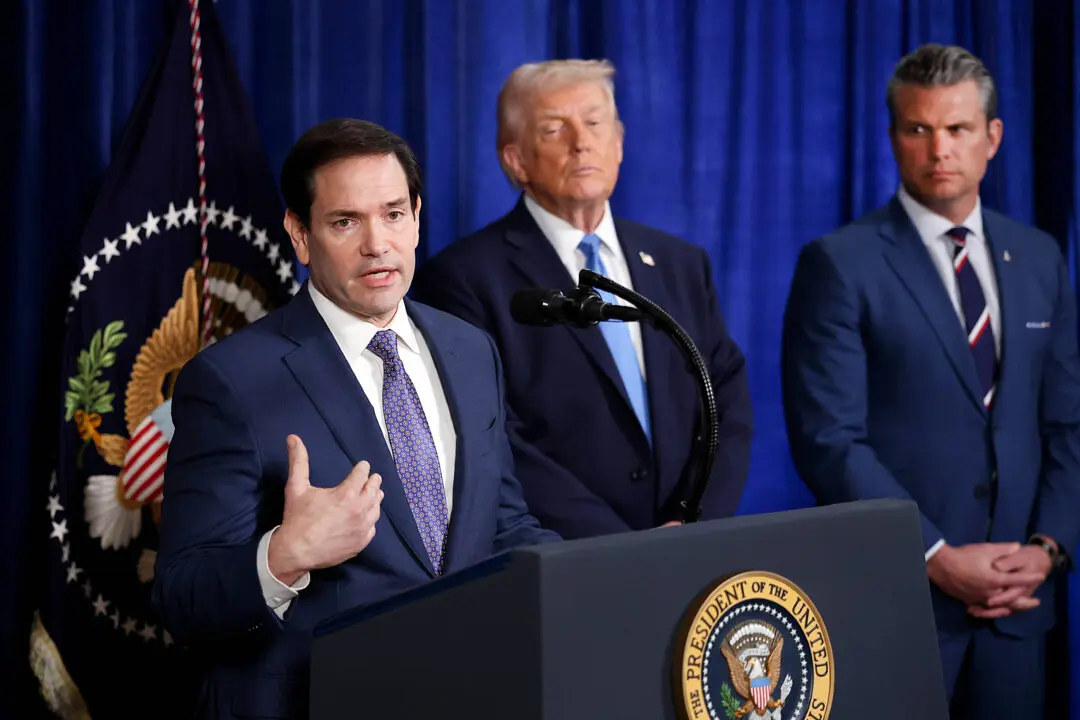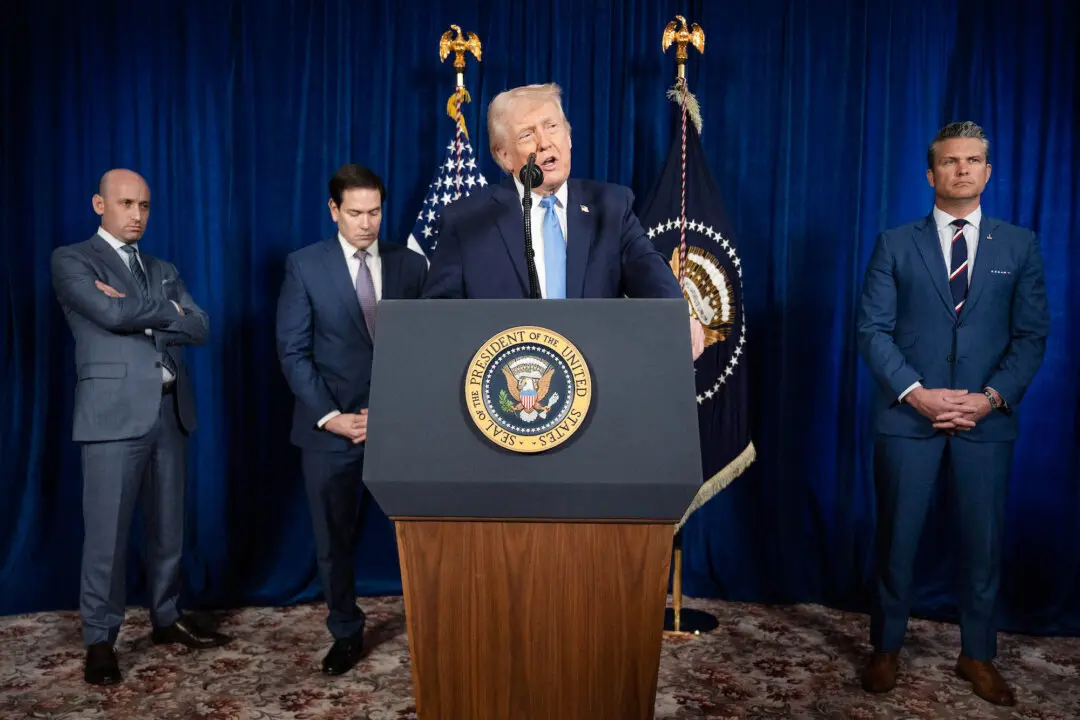WASHINGTON—President Donald Trump issued on Aug. 24 an executive order to direct federal agencies to prioritize moving their facilities to distressed areas, including opportunity zones, in an effort to lower costs and uplift poor communities.
The new order could help support investments in any of the 8,766 distressed areas designated as opportunity zones, a bipartisan incentive created by the 2017 Tax Cuts and Jobs Act.
